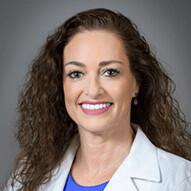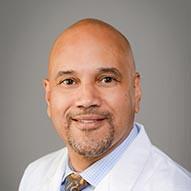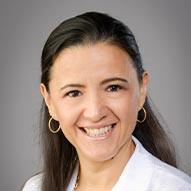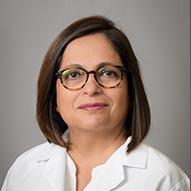Pediatric wireless capsule endoscopy (WCE)
A pediatric capsule endoscopy is a wireless capsule endoscopy (WCE) used to capture images of the intestine.
What is a pediatric wireless capsule endoscopy (WCE)?
A pediatric wireless capsule endoscopy (WCE) is an exam of the small intestine. It uses a capsule with a tiny camera. Most children will easily swallow this capsule. The capsule is about the size of a large vitamin.
It can take pictures through the small intestine by sending images to a recording device that is worn around the waist. There are also 8 stickers placed on your child’s abdomen. These stickers help the capsule take the pictures. The patient wears this recording device for 8 to 10 hours.
The information received from the recording device is sent to a computer program. It is then reviewed by the gastroenterologist. The capsule is naturally passed in the stool.
What is my child allowed to eat and drink the day before a pediatric wireless capsule endoscopy (WCE)?
Your child may eat a regular breakfast and lunch.
After 2 p.m., your child may have clear liquids only.
Do not give any red colored liquids!
Examples of clear liquids are:
apple juice
white grape juice
ginger ale
powdered drink mixes, such as Kool-aid® or Crystal lite®
clear soup broths
Jello®, or popsicles without real fruit juice
Do not give any solid food, milk and milk products, or any juices with pulp, such as orange, pineapple, or grapefruit juice after 2 p.m.
Medicines may be taken as usual the day before the test.
What are the prep instructions the morning of a pediatric wireless capsule endoscopy (WCE)?
Allow enough time to get to the hospital on time. If you arrive late, the procedure WILL BE cancelled.
Do not give your child their morning medicines. However, you should bring your child’s medicines with you to the hospital.
Your child may have clear liquids to drink until 3 hours before the scheduled procedure time.
Your child may not have anything else to drink after this time. This includes water, gum, and hard candy.
Pediatric wireless capsule endoscopy (WCE) doctors and providers
 Bradley Barth, MDPediatric Gastroenterologist
Bradley Barth, MDPediatric Gastroenterologist Michele Alkalay, MDPediatric Gastroenterologist
Michele Alkalay, MDPediatric Gastroenterologist Amal Aqul, MDPediatric Hepatologist
Amal Aqul, MDPediatric Hepatologist Sarah Barlow, MDPediatric Gastroenterologist
Sarah Barlow, MDPediatric Gastroenterologist Nandini Channabasappa, MDPediatric Gastroenterologist
Nandini Channabasappa, MDPediatric Gastroenterologist Aakash Goyal, MDPediatric Gastroenterologist
Aakash Goyal, MDPediatric Gastroenterologist Bhaskar Gurram, MDPediatric Gastroenterologist
Bhaskar Gurram, MDPediatric Gastroenterologist Lauren Lazar, MDPediatric Gastroenterologist
Lauren Lazar, MDPediatric Gastroenterologist Charina Ramirez, MDPediatric Gastroenterologist
Charina Ramirez, MDPediatric Gastroenterologist Norberto Rodriguez-Baez, MDPediatric Hepatologist
Norberto Rodriguez-Baez, MDPediatric Hepatologist Isabel Rojas Santamaria, MDPediatric Gastroenterologist
Isabel Rojas Santamaria, MDPediatric Gastroenterologist Rinarani Sanghavi, MDPediatric Gastroenterologist
Rinarani Sanghavi, MDPediatric Gastroenterologist Meghana Sathe, MDPediatric Gastroenterologist
Meghana Sathe, MDPediatric Gastroenterologist Mhammad Gaith Semrin, MDPediatric Gastroenterologist
Mhammad Gaith Semrin, MDPediatric Gastroenterologist Luis Sifuentes-Dominguez, MDPediatric Gastroenterologist
Luis Sifuentes-Dominguez, MDPediatric Gastroenterologist David Troendle, MDPediatric Gastroenterologist
David Troendle, MDPediatric Gastroenterologist Phuong Luu, PA-CPhysician Assistant - Gastroenterology
Phuong Luu, PA-CPhysician Assistant - Gastroenterology Van Nguyen, APRN, PNP-PCNurse Practitioner - Gastroenterology
Van Nguyen, APRN, PNP-PCNurse Practitioner - Gastroenterology Jennifer Peacock, APRN, PNP-PCNurse Practitioner - Gastroenterology
Jennifer Peacock, APRN, PNP-PCNurse Practitioner - Gastroenterology Shabina Walji-Virani, APRN, PNP-PCNurse Practitioner - Gastroenterology
Shabina Walji-Virani, APRN, PNP-PCNurse Practitioner - Gastroenterology